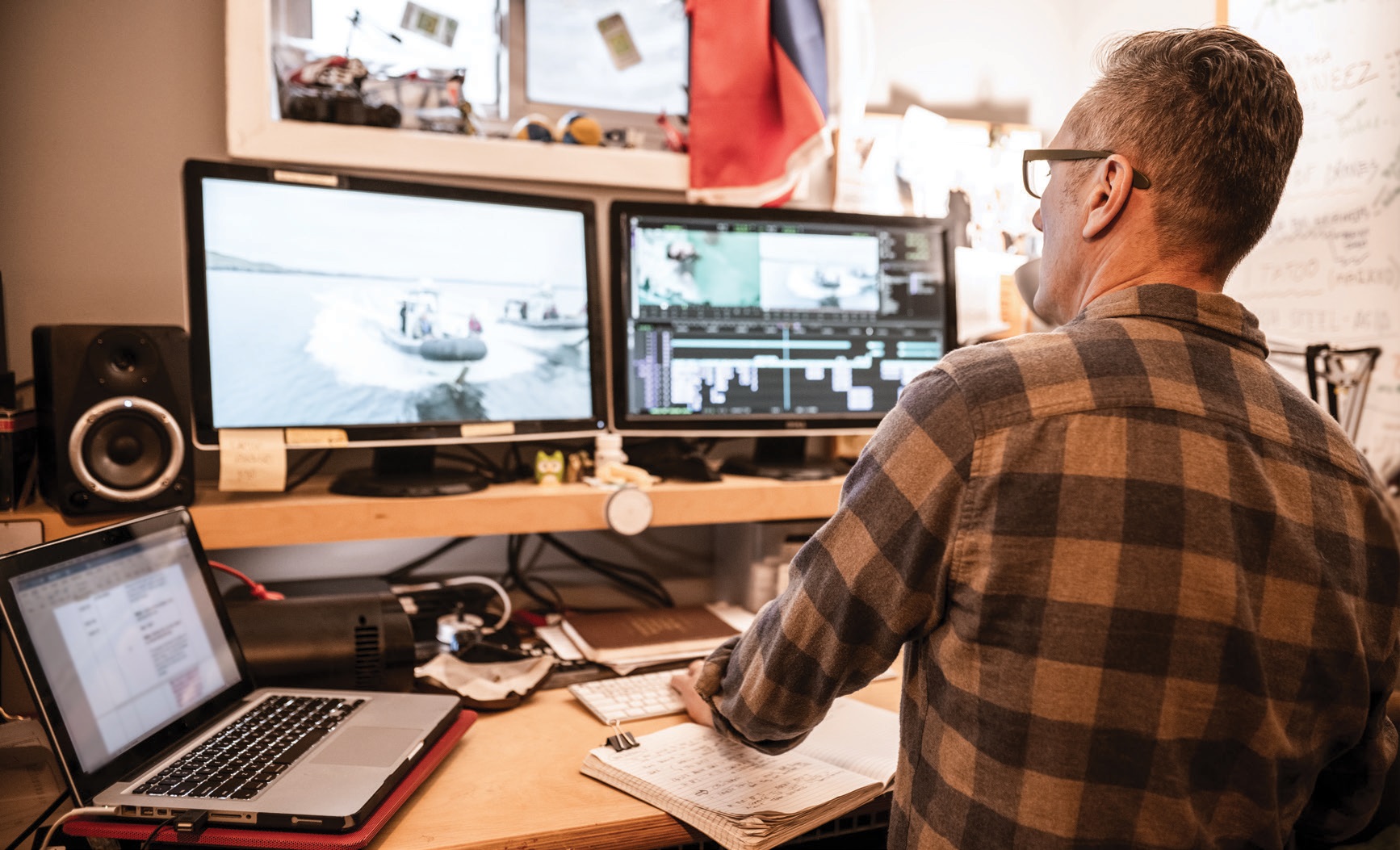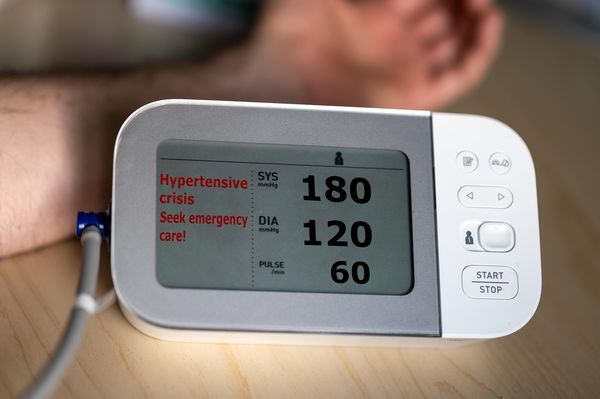
It was three years ago that the industry pivoted to accommodate COVID-19. The world has returned to normal for the most part, but broadcast production remains changed forever. The pandemic forced the industry to adapt and overcome, and in the process, it discovered that having teams work remotely had some advantages.
“Remote production is here to stay,” said Sasha Zivanovic, CEO of Nextologies, which operates a broadcast video delivery network specializing in bro adcast-grade video connectivity. “The pandemic showed that you could practically get away with consumer equipment from home to facilitate what is normally produced in a studio or broadcast center.”
The sentiment was shared by Nick Ma, CEO and CTO of Magewell, which is showing its Ultra Encode AIO advanced live media encoder at the show.
“The benefits of remote production for news and sports — such as reduced equipment and personnel requirements at the event site, which in turn lowers production costs — are compelling,” said Ma. “It also allows valuable resources such as experienced staff to be maximized. For example, with remote production, a producer or director may be able to work on multiple events taking place in different cities on the same day, all from a centralized production center.”
However, bandwidth will continue to be an important consideration when sending multiple remote feeds concurrently from these distant locations and the reliability of the IP connection is critical.
“The ongoing rollout of 5G technology promises to bolster both of these aspects in wireless production environments, delivering lower latency and higher bandwidth that can be combined with cellular bonding to provide network redundancy across multiple carriers,” added Ma.
LESS TRAVEL, SMALLER TEAMS
Remote production has continued to result in smaller teams heading out on the road, even for major events — while the bulk of the staff can also be available to work from a broadcast center or even from home — reducing costs in the process. This will continue to present opportunities, as well as some challenges.
“We are traveling a lot more than just six months ago, but even before the pandemic our customers were seeing the benefits of remote production,” said David Edwards, product manager at Vislink. The company is demonstrating its 5G-Link, a cellular video and data communication device that enables bidirectional data communication between free-roaming wireless cameras and production centers.
“Remote production allows teams to be more efficient and provide for that work/life balance, and this makes it easier to recruit better as not everyone is ready to constantly be on the road all the time,” said Edwards. “We also see that cloud production is enabling teams to work together on multiple events without the need to travel to each one.”
In other cases, smaller — possibly even single-person — teams can do what used to require a truckload of gear.
“Thanks to efforts in miniaturization, most everything that is in a grip truck can practically fit in a backpack,” said Douglas Spotted Eagle, UAS instructor and director of educational programming at Sundance Media Group. “The heaviest kit is just 65 pounds, which can be important to note if you’re traveling by airplane.”
There are still times when not all aspects of a production can be handled remotely.
“A lot of what our team discusses in pre-production is how to get the most authentic content. Much of my directing work is interview-driven docu-style, and I can tell you that, as many remote interviews as I have successfully conducted during and since the pandemic, there is nothing like speaking face–to-face,” said Amy DeLouise, FMC programming director and founder of #GalsNGear. “During the pandemic, we pivoted to producing entirely virtual events, which meant bringing a lot of our clients up to speed on effectively what it means to produce hours of broadcast television. You can’t just have talking heads for a day-long conference.”







